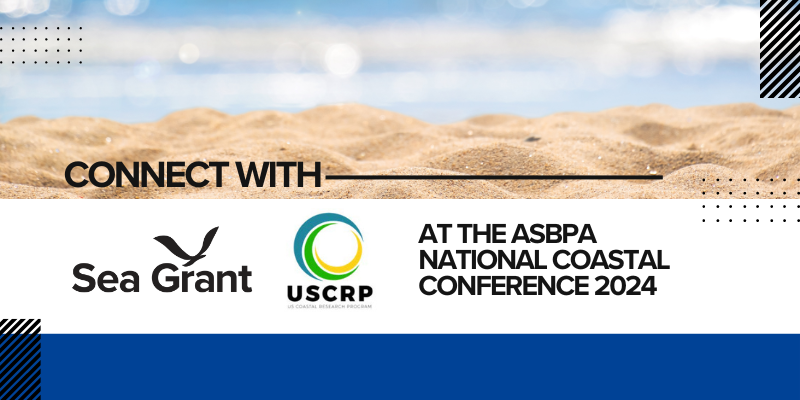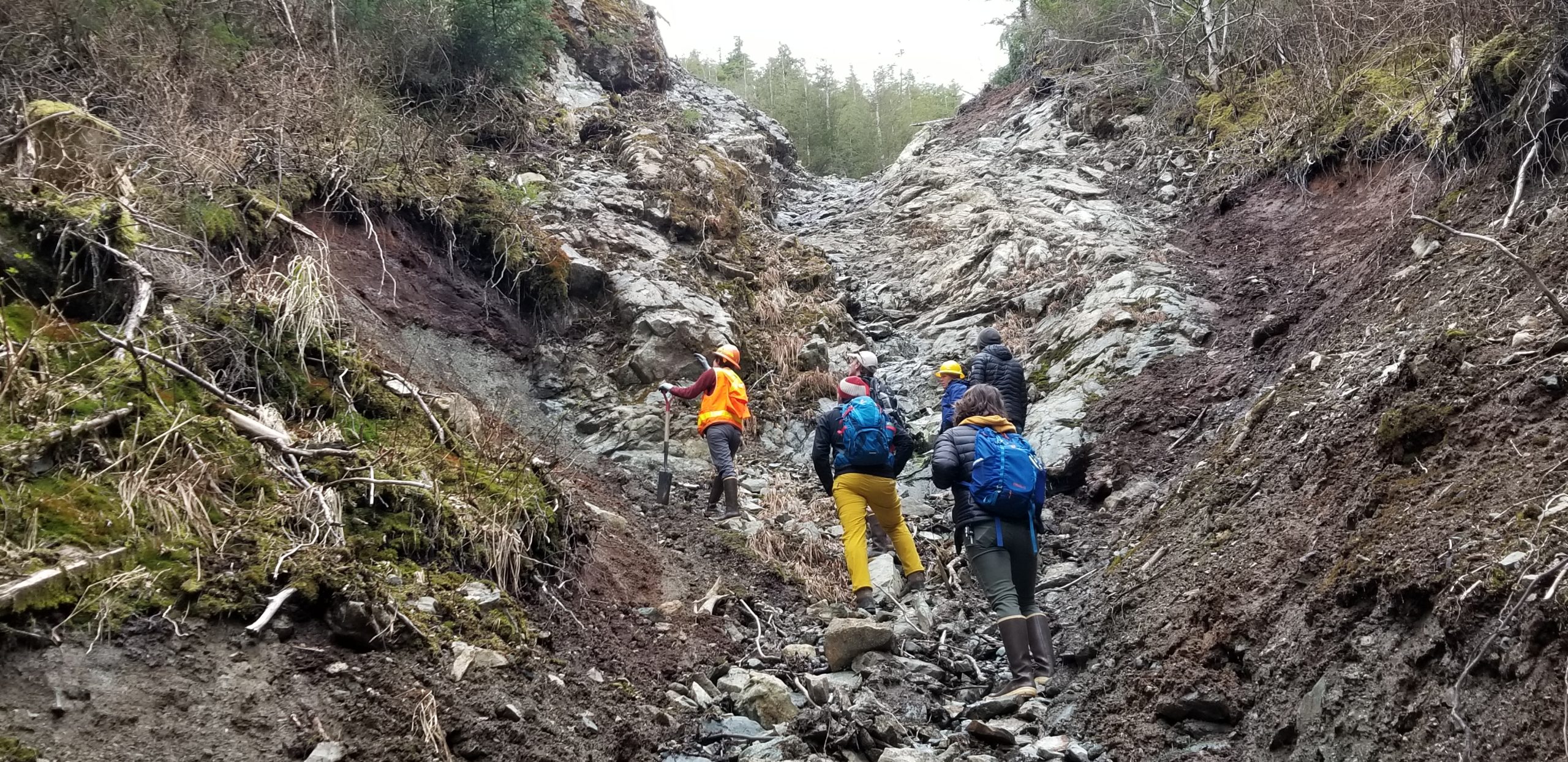August 29th, 2005 is a day that I will never forget. My mother and I had evacuated our New Orleans home several days earlier, and we sat glued to the television, transfixed by the images of Hurricane Katrina inundating our city. In the months that followed, we scoured Google Maps, simply to see if our house still stood. When we finally returned home ten months later, I saw how easily entire ecosystems can be disrupted and destroyed by natural disasters. Hurricane Katrina left a legacy of destruction in its wake, but watching my city recover from the devastation gave me an intimate perspective on the issues associated with living in a coastal environment and compelled me to pursue a career in coastal resiliency.
You may know oysters best on the half shell, but when I decided to pursue a graduate degree in coastal resiliency, I saw them as an opportunity. Climate change is negatively impacting oysters across all life stages, which is concerning not just because they are tasty, but because they play a critical role in the coastal environments. The Louisiana eastern oyster fishery is the largest contributor in the nation, and aside from their value as a fishery, the ecosystem services that they provide have been valued at between $5,500 and $99,000/ha/year.
Linking the eastern oysters’ ecological, economic, and cultural significance to climate change was exceptionally rewarding but, I realized that while research is fundamental for understanding coastal resiliency, its efficacy is limited until the findings can be translated for use in management and policy decisions. This led me to pursue the Knauss Fellowship, where I could gain the experience, tools, and connections necessary to address complex environmental issues at the national level.
For my Knauss placement in the National Sea Grant office, I lead a project focusing on Sea Grant’s role in getting academic research findings to people who can use them to address or manage environmental problems. This type of research-to-application connection is facilitated by people like Sea Grant extension staff. Extension staff are known by many names — specialist, educator, researcher, marine advisor or agent — but, by any name, all play a vital role by taking science-based solutions produced by Sea Grant researchers, and making them understandable and useful to coastal residents, businesses and communities.
Transitioning academic research to the stakeholder community is challenging, time consuming, and often unrewarded by the broader academic community. To identify strategies for more successful research-to-application that combine research and extension from across the Sea Grant network, I conducted 52 interviews with state Sea Grant Research Coordinators and Extension Leads from 31 states. I collected examples of ‘successful’ research to application projects and qualified what made these projects so successful. Something I repeatedly heard was the perception that academic scientists are not interested or experienced in conducting applied science. This perceived priority mismatch highlights the need for more active, iterative, and inclusive communication for success.
Really, what it comes down to is framing the work within society: our planet exists in a socio-ecological system, and if we are to improve sustainability and resilience, we must include society. It’s not what we’re used to, and it is certainly not easy, but it is our best chance to produce relevant, timely, and accessible science, especially in the face of climate change.
I was born and raised on the Louisiana coast, existing below sea level in the face of sea level rise, subsidence, saltwater intrusion, erosion, hypoxia, overfishing, oil spills, harmful algal blooms, hurricanes, and educational budget cuts. While I am a tad more removed from these challenges in my DC cubicle, it is incredibly rewarding to know that I am working with an organization dedicated to our coastal communities, ecosystems, and economies.


